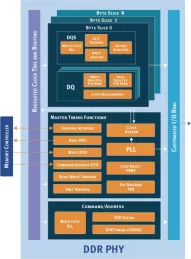5nm multi-gigabit copper Ethernet PHY IP
Filter
Compare
143
IP
from
14
vendors
(1
-
10)
-
32G PHY in Samsung (10nm, 8nm, 4nm, 5nm, SF2)
- Includes one, two, four, eight or sixteen full-duplex transceivers (transmit and receive functions)
- Supports back channel initialization, aggregation, bifurcation, and power management
- Supports both internal and external reference clock connections to the PHY
- Configurable transmitter and receiver equalization, supporting chip-to-chip, port side, backplane interfaces
-
112G-ULR PAM4 SerDes PHY
- Supports full-duplex 1.25Gbps to 112.5Gbps data rates
- Superior bit error rate (BER) performance across high-loss and reflective channels
- Compliant with IEEE 802.3ck and OIF standard electrical specifications
- Supports flexible SoC floorplan and IP placement and provides package substrate guideline/reference designs
-
112G-ELR PAM4 SerDes PHY - TSMC 5nm
- TSMC 5nm FinFET CMOS Process
- Power-optimized for ELR and LR links
- Integrated BIST capable of producing and checking PRBS
- 56-112Gbps PAM4 or 1-56Gbps NRZ data rates
-
TSMC CLN5PLVT 5nm LPDDR5 PHY - 6400Mbps
- Supports LPDDR5
- DFI 5.1 compliant
- Supports x4, x8 and x16 DRAMs
- Up to 72 bits wide and up to 4 ranks
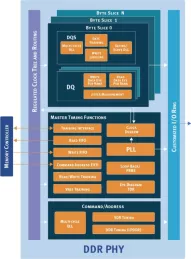
-
TSMC CLN5PLVT 5nm LPDDR4 PHY - 4266Mbps
- Supports LPDDR4
- DFI 5.1 compliant
- Supports x4, x8 and x16 DRAMs
- Up to 72 bits wide and up to 4 ranks
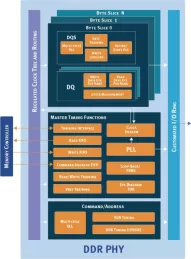
-
TSMC CLN5PLVT 5nm LPDDR3 PHY - 2133Mbps
- Supports LPDDR3
- DFI 5.1 compliant
- Supports x4, x8 and x16 DRAMs
- Up to 72 bits wide and up to 4 ranks
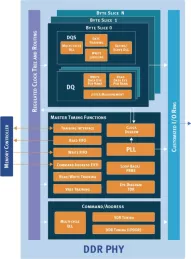
-
TSMC CLN5P 5nm LPDDR5 PHY - 6400Mbps
- Supports LPDDR5
- DFI 5.1 compliant
- Supports x4, x8 and x16 DRAMs
- Up to 72 bits wide and up to 4 ranks
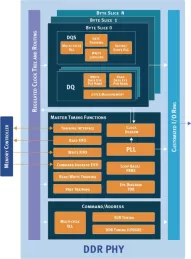
-
TSMC CLN5P 5nm LPDDR4 PHY - 4266Mbps
- Supports LPDDR4
- DFI 5.1 compliant
- Supports x4, x8 and x16 DRAMs
- Up to 72 bits wide and up to 4 ranks
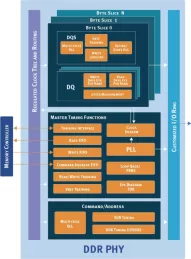
-
TSMC CLN5P 5nm LPDDR3 PHY - 2133Mbps
- Supports LPDDR3
- DFI 5.1 compliant
- Supports x4, x8 and x16 DRAMs
- Up to 72 bits wide and up to 4 ranks
